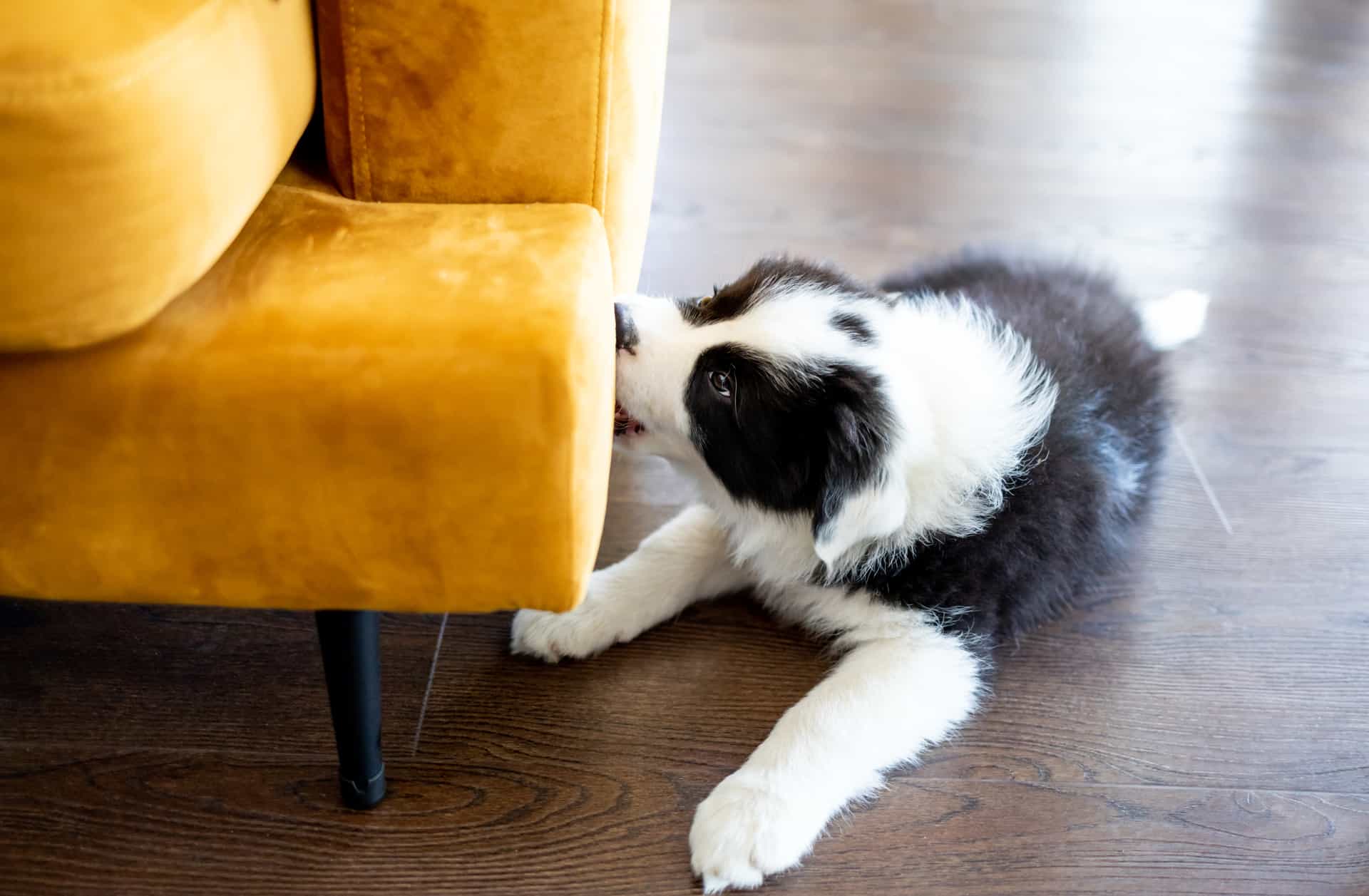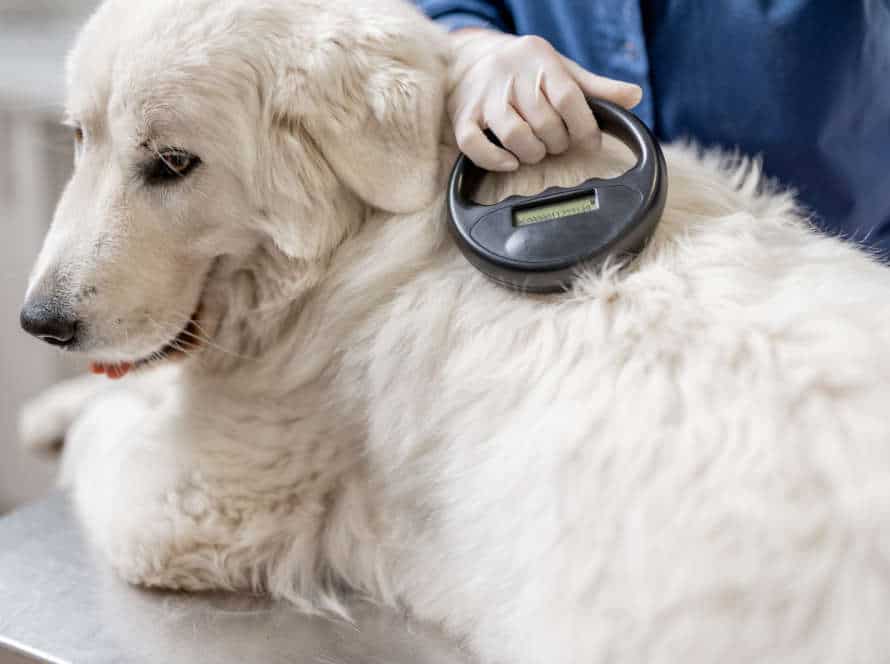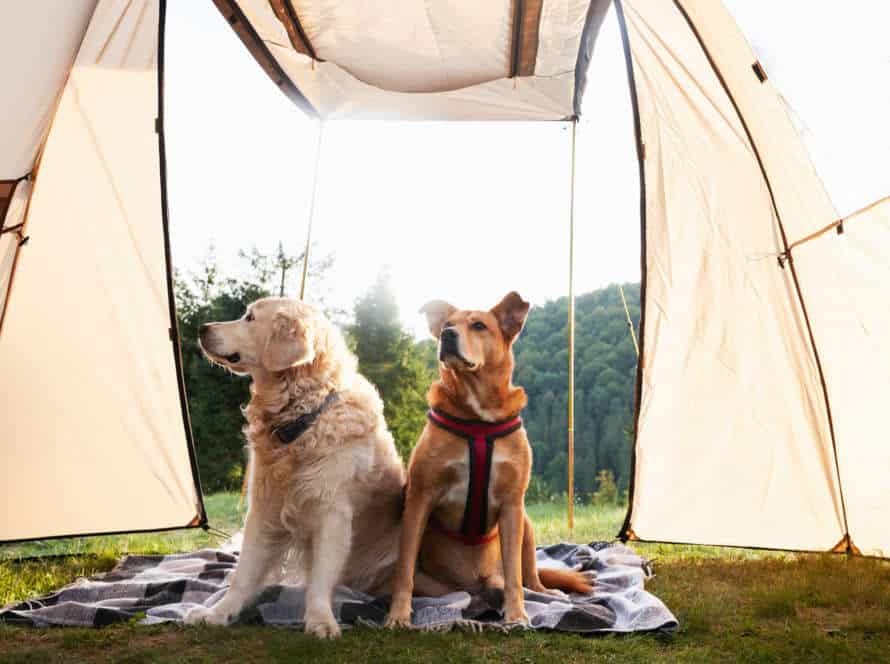How to Protect Your Furniture from Your Dog’s Teeth and Claws
Dogs make great pals, but their claws and teeth can cause damage to furniture. Here are some top tips for safeguarding your furniture from furry friend mischief:
- Train Your Dog – Obedience training can teach them not to jump on furniture or do destructive things.
- Designated Space – Give them a special area where they can scratch, chew, and play without causing damage.
- Cover the Furniture – Slipcovers or blankets are simple to clean and wash, and can protect furniture.
- Trim Nails – Trim their nails regularly to stop them from leaving scratches or dents.
- Use Repellents – Get anti-scratch sprays and products to keep them away from furniture.
By following these steps, you can keep your furniture in good shape and keep your pup happy too!
Understanding Why Dogs Chew and Scratch
Is your pup gnawing and scratching your furniture? It’s significant to figure out why. Dogs often chew and scratch for various factors – like boredom, wanting attention, or attempting to get at a treat hidden in furniture. Knowing why your pup is showing these behaviors is the initial step to learning how to protect your furniture from their chompers and claws.
Identifying the reason for your dog’s chewing and scratching behavior
Understanding why your pup chews and scratches is key to preserving your furniture and keeping your furry friend healthy. Here are some motives:
- Boredom: Unstimulated doggos may chew/scratch to pass the time.
- Anxiety: Pets may chew/scratch when they’re feeling stressed from separation, change, or loud noises.
- Medical Issues: Itchy skin, allergies, and parasites can prompt chew/scratch behavior.
- Teething: Puppers may chew/scratch when teething and feeling discomfort.
Pro Tip: Find the source of your dog’s chewing/scratching ASAP. Provide chew toys and train them. If chew/scratch behaviors continue, consult a vet to check for underlying medical conditions.
Understanding the health implications of excessive chewing and scratching
Chewing and scratching too much in dogs can cause physical and mental health issues. This can harm their overall health.
Physical health issues from too much chewing and scratching can be weight loss or gain, bad nutrition, tooth issues, and skin infections.
Psychological issues can be worry or boredom. This can lead to bad behavior and other mental problems.
To protect furniture from your dog’s teeth and claws, give them a chew toy or scratching post. Also, give them exercise and mental activities to stop boredom and anxiety.
How to gradually train your dog to stop chewing and scratching
Dogs may chew and scratch as a result of boredom, anxiety, fear, or teething discomfort. To stop these destructive behaviors and save your furniture, proper training is key! Here are some tips to help train dogs who tend to excessively chew and scratch:
- Redirect your pup’s attention to a chew toy or bone when they start.
- Punishment isn’t a great idea- it can lead to more destructive behavior due to anxiety and fear.
- Use deterrent sprays or noise to stop them from chewing/scratching furniture.
- Give your pup plenty of exercise, mental stimulation, and love.
- Crate train or confine your pup when you’re not home.
Training takes time, patience, and consistency. Follow these tips to avoid furniture damage and encourage positive chewing/scratching habits!
Tips for Protecting Your Furniture
Do you have a pet? If yes, you understand how hard it is to keep furniture safe. Dogs are especially fond of chewing, clawing, and pawing furniture. This can cause harm and scratches. But, don’t worry! Here are some tips on how to guard your furniture from pup destruction:
Selecting durable and chew-resistant pet-friendly furniture
Choose furniture that is durable and won’t be easily chewed. For example, leather, microfiber, or outdoor fabrics are good choices. Avoid fabrics like velvet or chenille that attract pet hair. Designs should not tempt your pet to chew or scratch, like smooth finishes, narrow legs, or built-in scratching areas. Opt for furniture that is easy to clean and maintain, like slipcovers or removable cushion covers. Pick furniture that is the right size for your pet too. Otherwise, a large dog may destroy an armchair, and a small cat may get lost in a large sofa. Follow these tips to pet-proof your home decor, and you can enjoy your furry friend without worrying about furniture damage.
Pro Tip: Train your pet not to chew or scratch furniture by providing them with appropriate toys and alternative scratching posts.
Using protective covers for sensitive fabrics and materials
For fabrics and materials that need protection, covers are a great choice. Here’s how to use them to protect your furniture from your pup:
- Pick the right material – durable canvas or polyester.
- Get the right size – it should be tight and not move when they jump.
- Waterproof? If you have a puppy or an untrained dog, waterproofing can be a lifesaver.
- Train – Encourage them to use their own bed and discourage jumping on furniture.
By following these tips, you can shield your furniture without compromising style or comfort.
Pro tip: If your dog has joint issues, try a memory foam bed for extra support.
Creating a designated space for your dog to relax and play
Designating a space for your pup can give them a cozy spot to relax and protect your furniture from any potential damage caused by their teeth and claws. Here are some tips to do just that:
- Choose an area that’s safe and easy for your pup to access.
- Use a gate, playpen, or crate to keep them contained.
- Add a comfy bed, toys, and water bowl to make it inviting.
- Train them to go to their space with positive reinforcement and treats.
- Remember to spend time with them in their area to show it’s fun.
Pro tip: Exercise and mental stimulation can help reduce destructive behavior. Take them on daily walks or play interactive games like hide-and-seek to help burn off energy.
Alternatives to Chewing and Scratching
Pet owners face a big challenge: how to prevent their furry friend from chewing and scratching furniture. Luckily, there are alternatives! Effective and economical ones! Let’s explore what they are and how they can help protect furniture.
Providing safe and engaging chew toys and puzzles
Treat your pup to chew toys and puzzles! Not only do they protect your furniture, but they also keep your pup mentally stimulated. When choosing, think size and durability, plus what the material is made of. Start with a simple puzzle, then work your way up. Options are dental chews, treat puzzles, interactive toys, and flavored bones. Always supervise your pup when playing and check for damage.
Regular exercise and good nutrition to prevent boredom and stress
Exercise and nutrition are musts to keep your dog from getting bored and stressed. This decreases the chance of them destroying your furniture with their teeth and claws. Here are some tips for furniture protection:
- Give your pup a comfy area with lots of toys and somewhere to rest.
- Exercise and amuse them every day.
- Train them to use scratching posts and chewy toys.
- Use deterrents like bitter sprays or motion-activated alarms.
- Feed them a balanced diet and always give fresh water.
With proper care, exercise and nutrition, you’ll avoid boredom and stress that can lead to destruction. And, you’ll safeguard your furniture too!
Training your dog with positive reinforcement and redirection techniques.
Training your pup is essential to prevent them from ruining furniture with their teeth and claws. Here’s the plan:
Positive reinforcement:
- Give treats, words of praise, and cuddles when they play with their toy instead of chewing furniture.
- When they start to chew, redirect them to their toys with treats and verbal cues.
Redirection:
- Give your pup their own play and scratch spot, away from furniture.
- Teach them basic commands like “no” and “stop“. That way, you can refocus their attention away from furniture.
- Moreover, you can use special sprays or scents to repel your pup or soft plastic covers for furniture protection and comfort.
Remember, consistent reinforcement and redirection are integral to training your pup to stay away from furniture.
Frequently Asked Questions
1. How can I protect my furniture from my dog’s chewing habits?
There are a few ways you can protect your furniture from your dog’s chewing habits. You can provide them with plenty of chew toys, train them with positive reinforcement, and cover the furniture with a protective barrier like a slipcover or furniture protector.
2. How can I prevent my dog from scratching my furniture?
To prevent your dog from scratching your furniture, you can provide them with a scratching post or pad, keep their nails trimmed, and discourage them from jumping on the furniture.
3. What are some durable materials for dog-friendly furniture?
Some durable materials for dog-friendly furniture include leather, microfiber, and heavy-duty outdoor fabrics. These materials are resistant to scratches and stains and easy to clean.
4. How can I teach my dog to stay off the furniture?
You can teach your dog to stay off the furniture by providing them with a comfortable alternative like a dog bed, training them with positive reinforcement, and using deterrents like a spray bottle of water or a harmless noise-making device.
5. Should I consider crate training my dog?
Yes, crate training can be helpful in preventing your dog from damaging your furniture. It creates a safe and comfortable space for them to relax and sleep, while also keeping them away from furniture and other household items.
6. What should I do if my dog does damage my furniture?
If your dog does damage your furniture, it’s important to address the issue promptly to prevent further damage. You can repair the furniture yourself or hire a professional, and consider restricting your dog’s access to the area until you can resolve the issue.







